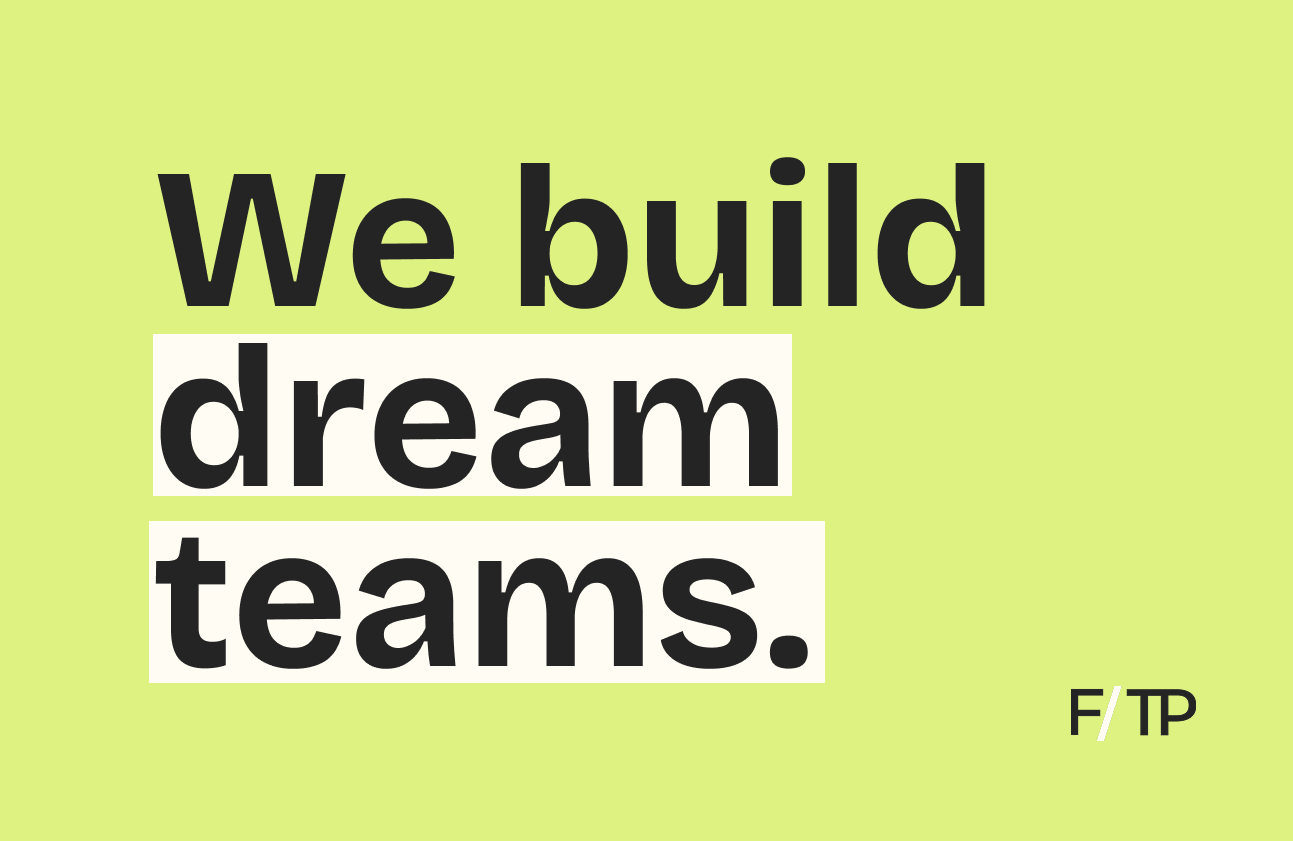In this Q&A, you’ll hear from Daniel James, CEO of Zen, a posture-correction software helping people live more healthfully and productively. Daniel shares how the Zen app is relieving chronic pain, improving mental health, and saving companies money simply by encouraging better posture habits throughout the day.
Can you tell us about what you’re working on at Zen?
Daniel James: At Zen, we focus on helping others live more healthfully and productively by establishing better posture habits with our posture-correction software.
Zen’s latest product, an iOS app, uses your AirPods’ motion sensors to mirror your posture in real-time and send device notifications as you begin to slouch. These ‘slouch alerts,’ alongside detailed user insights (including a daily posture score) and workday tips, are helping workers learn to sit and stand in comfort throughout the day.
And due to its convenience, Zen has quickly made the annoyances of posture-correcting back wearables a thing of the past and is currently being used by thousands of employees at major tech companies across the globe.
How did you come up with the idea? What key insight led you to pursue this opportunity?
DJ: After competing as a D-I college football player for Yale University (capable of doing a full gymnastics-style split, no less), I graduated into a sedentary corporate lifestyle working at Adobe in San Francisco.
There, spending over eight hours a day in front of a computer, I soon developed severe low back pain and carpal tunnel. And despite Adobe’s great ergonomic resources, my pain continued to increase.
Eventually, I reached out to Mary Kay Gilhooly, the director of global wellbeing at Adobe, who inspired me to conduct my own independent research. What I discovered—after interviewing leading physical therapists in the San Francisco Bay Area and ergonomists at major tech companies like Apple and Microsoft—is that billions of people suffer from back pain, joint pain, and a score of other ailments from spending their days in front of a screen.
Low back pain is the leading cause of disability in America, and that costs us.
- Back and joint pain in America leads to yearly health costs of $600B — more than heart disease and cancer combined.
- US employers spend over $300B per year on employee back and joint treatments, leading to 150M lost workdays.
And while these costs are very real, what I learned about the potential effects of back and joint on a person’s mental health brought me to tears: known as the depression-pain dyad, back and joint pain increases the risk of developing depression, and vice versa. In fact, studies show that 95% of those who do not improve with 12 months of depression-related treatments have an underlying chronic back or joint pain condition.
Learning this, I began to think about posture and its effects on workday health and productivity. Incidentally, Ion-Alexandru Secara (my then-roommate and now co-founder & CTO), shared that he had developed a posture correction software in college to help with his kyphosis (an excessive outward curvature of the spine) after long hours of coding.
So, we joined forces, enlisted the help of top ergonomists and physical therapists in the San Francisco Bay Area, and got to work building Zen.
How did you turn your idea into a company?
DJ: With the arrival of COVID-19, companies began to implement remote work policies. And as a result, employees found themselves struggling to work comfortably from their couches, kitchen tables, and beds. It was at that point that employers began reaching out to us looking for a solution — and we were ready.
Within weeks, Zen was delivered to thousands of people and some of the most innovative companies in the world. This momentum played a key role in Zen partnering with and following the Y Combinator playbook. Plus, shortly thereafter, we gained further traction by launching Zen on Product Hunt and winning #1 Product of the Week.
Following this success, we decided to put Zen to the test. And with our most extensive study to date, we discovered that 90% of Zen users saw improvements in back pain, joint health, and other promising outcomes.
These results then helped us partner with Valor Equity Partners, Goodwater Capital, Samsung Next, and other phenomenal partners for our $3.5M pre-seed round — allowing us to invest heavily in product, engineering, and customer acquisition.
How big can this get? What’s the addressable market and how do you go about capturing it?
DJ: Currently, there are 100M knowledge workers, 60M students, and a significant percentage of over 30M frontline workers in the US that use a desktop or phone for work.
We estimate that this gives us a total addressable market of $9B in the US alone. To reach them, we’re engaging customers through direct-to-consumer and enterprise sales.
Who is the core customer? How are you acquiring customers? And how will you grow the customer base?
DJ: Software engineers and other professionals that spend the majority of their day in front of a screen—most already struggling with low back and neck pain—are our highest converting and most active users. As a result, thousands of top performers at companies like Apple and Google use Zen daily. Beyond that, progressive companies, like Brex, offer Zen as an employee benefit and means of decreasing workers’ comp and insurance costs.
At this point, most of our customers are acquired by referral through our growing network of influential health, fitness, and wellness experts who promote Zen on their social channels like TikTok and Meta. Along those lines, personal introductions between like-minded individuals have been pivotal in our growth.
For landing larger clients, we’ve partnered with Employer Health Innovation Roundtable, an organization that connects digital health startups with large employer contracts. This helps us to avoid the typical extended sales cycle associated with selling to large companies.
As Zen moves forward, our plan is to sell directly to healthcare providers, like Kaiser and Aetna, who purchase for millions of members upfront to reduce their long-term costs. Along those lines, medical professionals like physicians, clinics, and chiropractors can offer Zen to patients through a chronic-pain code.
Beyond these plans, we’re also forming channel partnerships with companies like Castlight, Bennie, and Benepass that offer Zen as an employee benefit, all paid for by the employer. Similarly, equipment providers like Logitech, Staples, and Varidesk can offer Zen as a cross-sell to their products, and benefits brokers may choose to offer Zen solutions as a part of their package offerings.
Looking at your road map, what are some of the milestones you’re targeting over the next 3-6 months?
DJ: To take Zen to the next level, and help even more digital workers with low back and joint pain, we plan to continue to learn from our users, update, and launch new products.
Over the next few months, we’ll seek to further serve the employee by integrating with Slack, Google Calendar, and Microsoft Teams, while expanding our products and service offerings to more mobile and tablet devices.
We’ll continue to grow our customer and larger client base through the channels mentioned above and further prove the efficacy of Zen solutions through clinical studies.
Related reading from Fitt Insider: Issue No. 134: The Business of Movement Health
If you’re interested in having your company featured in our Startup Q&A series, send an email to team@fitt.co






